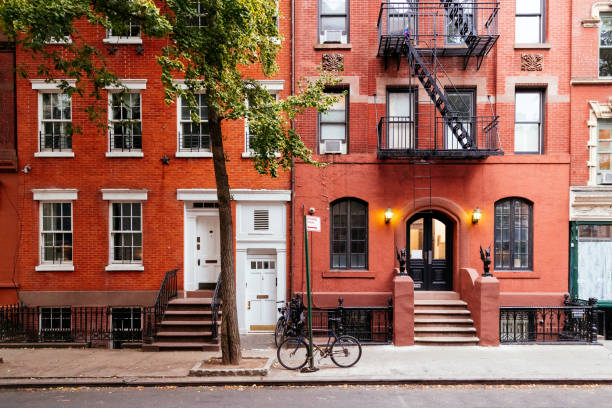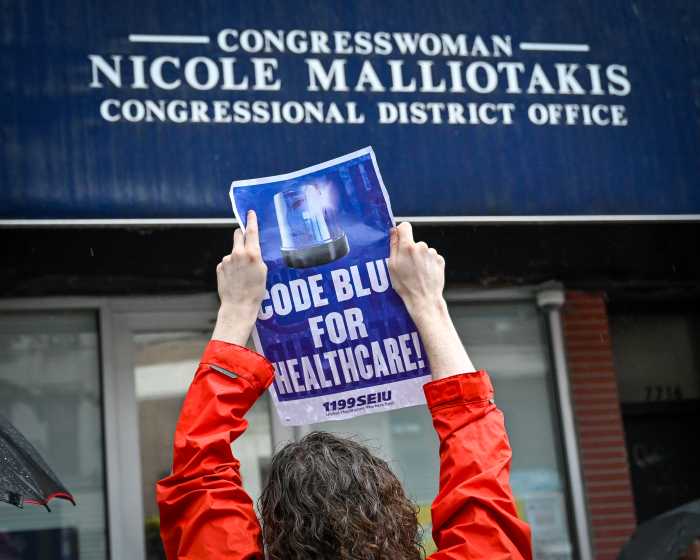By Stephanie Buhmann
Some abandon physical space for cyber, traveling presence
On the first Thursday night after Labor Day — as many New York galleries re-open their doors — hordes of artists, collectors and enthusiasts are expected to filter through NYC’s teeming streets in celebration of the fall season.
This September will reveal some of the economic consequences of the past twelve tumultuous months. Unlike the banking or real estate sectors, the art world was not one of the first industries to be negatively impacted by the faltering economy — but as 2009 progressed, the industry suffered its share.
In an attempt to drastically cut their overhead, many small and even the largest galleries (such as Pace Wildenstein or Matthew Marks Gallery) reduced their staff early on — while others have even asked employees to accept pay-cuts of up to 30%.
Some, such as Kinz Tillou & Feigen, Clementine Gallery, Guild and Greyshkul, Bellwether Gallery, Plane Space Gallery, Cohan & Leslie, Lucas Schoormans Gallery, and Roebling Hall have closed their public spaces altogether.
Longtime dealer Caren Golden of Caren Golden Fine Art (who recently relocated from 539 West 23rd Street to an appointment-only location at 170 E. 87th Street) put it as follows in an email letter sent to her clients in June: “I have decided to take the gallery underground and focus on dealing, consulting and curating privately…I look forward to reducing the demands and overhead that a physical space requires and hope that this freedom will allow me to pursue a deeper and more varied relationship with the contemporary art scene.”
A few are trying to compensate for the lack of a public space with a web presence — including Cheryl Pelavin and 31 Grand. Pelavin was forced to close her Tribeca gallery this past June after 28 years in the business. Like 31 Grand, she intends to maintain her website and work with her artists privately. “The gallery business by nature is a business, in which one constantly is pouring money,” Pelavin explains. “Some galleries have partners or trust funds behind them,” she notes — but those who, like herself, have always been self-funded are struggling. “It seems impossible right now to find people, who will sign a check. You’d think that if you’d write a check, the bottom would fall out of the planet.”
Daniel Cooney, owner of Daniel Cooney Fine Art (511 West 25th Street), points out: “This is a business that most people get into because they love art. It’s terrible to see people lose that, because of something that is out of their control.” His strategies to accommodate the situation include the organization of about ten online art auctions a year, and teaming up with four other colleagues to form a group called Project 5.
As one ponders what might become of a neighborhood which suddenly finds itself without long-time gallery residents, a possible sign of things to come can be found on 511 West 25th Street. Last month, Tesla Motors opened its first East Coast sales and service center on the first floor of this well-attended gallery building.
The presence of Tesla has many wondering if this might be the first wave of more non-art related businesses popping up west of 10th Avenue. As Soho has shown in the early 1990s, commercial rents that are adjusted to reflect the buying power of major companies are threatening to art galleries in a weak, as well as in a strong, economy.
Brenda Taylor of Brenda Taylor Gallery (who has been in the 511 West 25th Street building for four years) takes it in stride: “As for our building placing Tesla Motors on the first floor, it was a great learning experience that marketing works and brings foot traffic to any area of the city. On October 5th, we are relocating to another space; not because of a car dealership, but because the slow economy has opened up other spaces that will give us more exposure.”
Nana Lee, the managing partner of BLANK SPACE (511 West 25th Street), a gallery that opened less than six months ago, remains optimistic: “Chelsea’s galleries are still busy with people who love and enjoy art, and our sales are getting much better every month.” Lee focuses on offering variety to accommodate her buyers’ current demand for smaller pieces at lower prices.
Though admitting it’s frightening to see even major players struggle, Sara Tecchia — who opened her gallery Sara Tecchia Roma New York (529 W 20th Street) about three and a half years ago — currently focuses on cultivating relationships with institutions rather than with individual collectors. “Many have lost a great deal, while others have retained their financial freedom but do not feel it is right to indulge in vanity purchases,” she contemplates. “You can’t live without food, shelter, or medicine, but you can live without a Warhol on your wall. On the other hand, every time a work sells many people benefit from the transaction. Hopefully in September, the tide will rise a bit.”
Kerry Schuss, owner of KS ART (73 Leonard Street), offers another perspective: “As the New York art world becomes a little less Chelsea-centered, just having a space anywhere in the city and putting on good shows is a big achievement. I am planning on continuing doing what I have been doing for the past ten years and love mounting exhibitions more than ever.”
Brenda Taylor agrees that the best formula for long-term success is to ride out the current economic slump and simply continue doing good work: “We have few resources, but enough enthusiasm to move forward. It can’t always be about money, art was never supposed to be about finances, rather intellect, searching, peace and beyond. That still exists if you want to find it. It’s business as usual, it’s what we want to do and in the end everyone has a choice to keep moving forward or not.”
While it might be a bad time to sell art, it is by no means a bad time to view it — and you’ll have and plenty of opportunity to do that, throughout the city, starting this month.




































